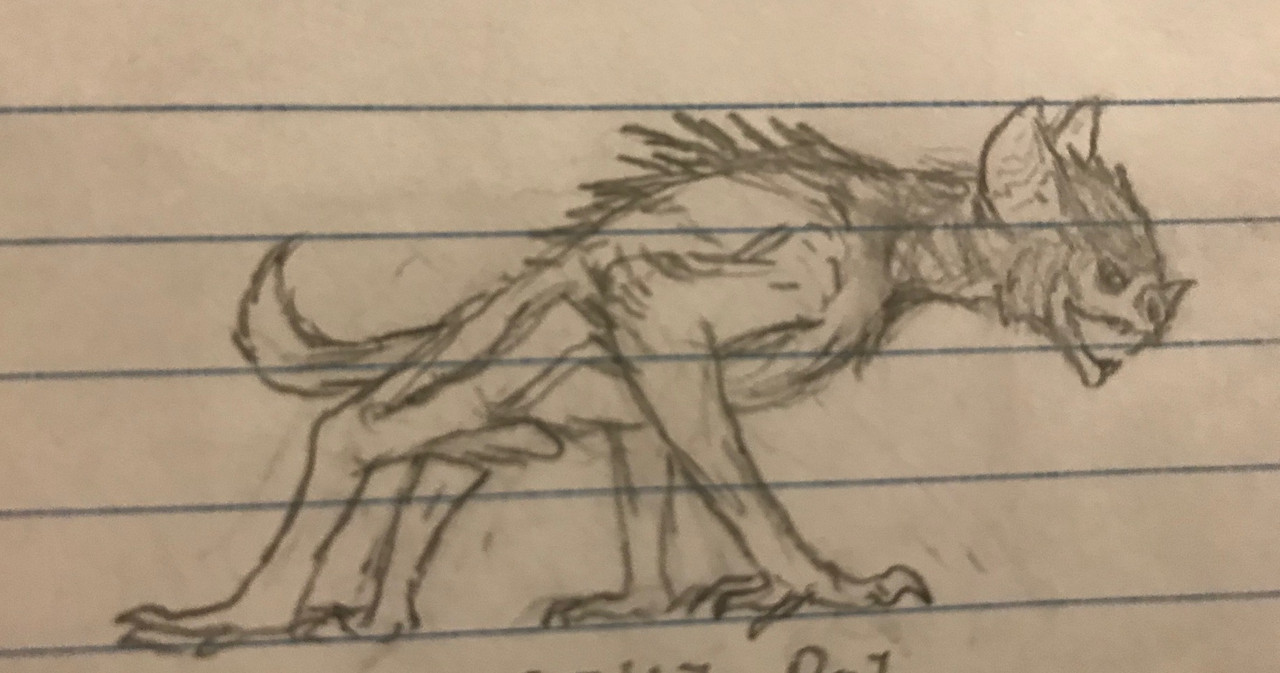HOME | DD
 Throngmar — Chupacabra
Throngmar — Chupacabra

#exocene #antarctica #chupacabra #pencildrawing #vampirebat #speculativeevolution
Published: 2020-08-21 05:00:43 +0000 UTC; Views: 1140; Favourites: 35; Downloads: 0
Redirect to original
Description
Stilt bat
Scientific name: Dinochiroptus chupacabra
Other Names: Chupacabra
Ancestor: Vampire bat
Diet: Small animals, blood, eggs
Habitat and range: Antarctican jungles and deserts
Frankly, it was pretty surprising to find the HIGHLY specialized Vampire Bat had any surviving descendants at all. But lo and behold, the Exocene explorers found its last legacy alive and well in Exocene Antarctica; the marten-sized Chupacabra. Also known as Stilt bats, these buggers, despite the name, do not feed off of goat-blood. In fact, they have tapered off of a reliance on blood and into general carnivory. Completely flightless, the Chupacabra's method of locomotion has changed little from its vampiric ancestors, using their long front limbs to pull themselves forward, with its rear-facing hind legs providing extra momentum and steering. When walking, the hind legs rotate to a more forward-facing position, where they kind of waddle in a gait very unique to them. When running, these animals use their forelimbs to pull themselves forward, while their hindlimbs act as a landing gear to support and absorb the leaping bounds. They do still feed off of blood, though less so than their ancestors. During breeding season, they prey on the blood of larger mammals such as Mastotherium and Gigantacuna to feed the high-energy demands of the courtship ritual. Asides from that very special time of year, they still do feed on blood, though far less often than in breeding season. More often they feed off of frogs, lizards, rodents, and the like, using their sharp front claws to pierce and crush their prey.

























